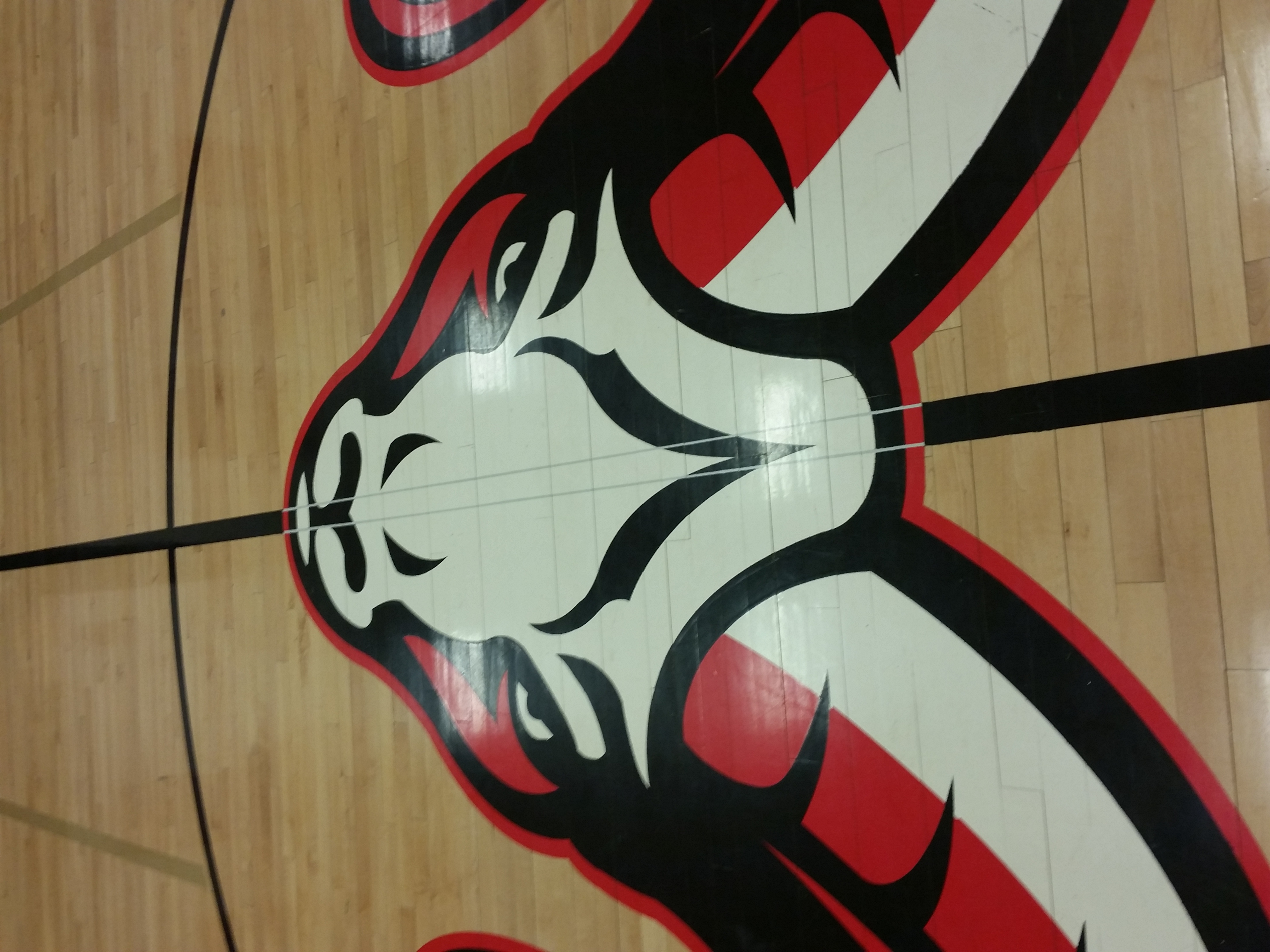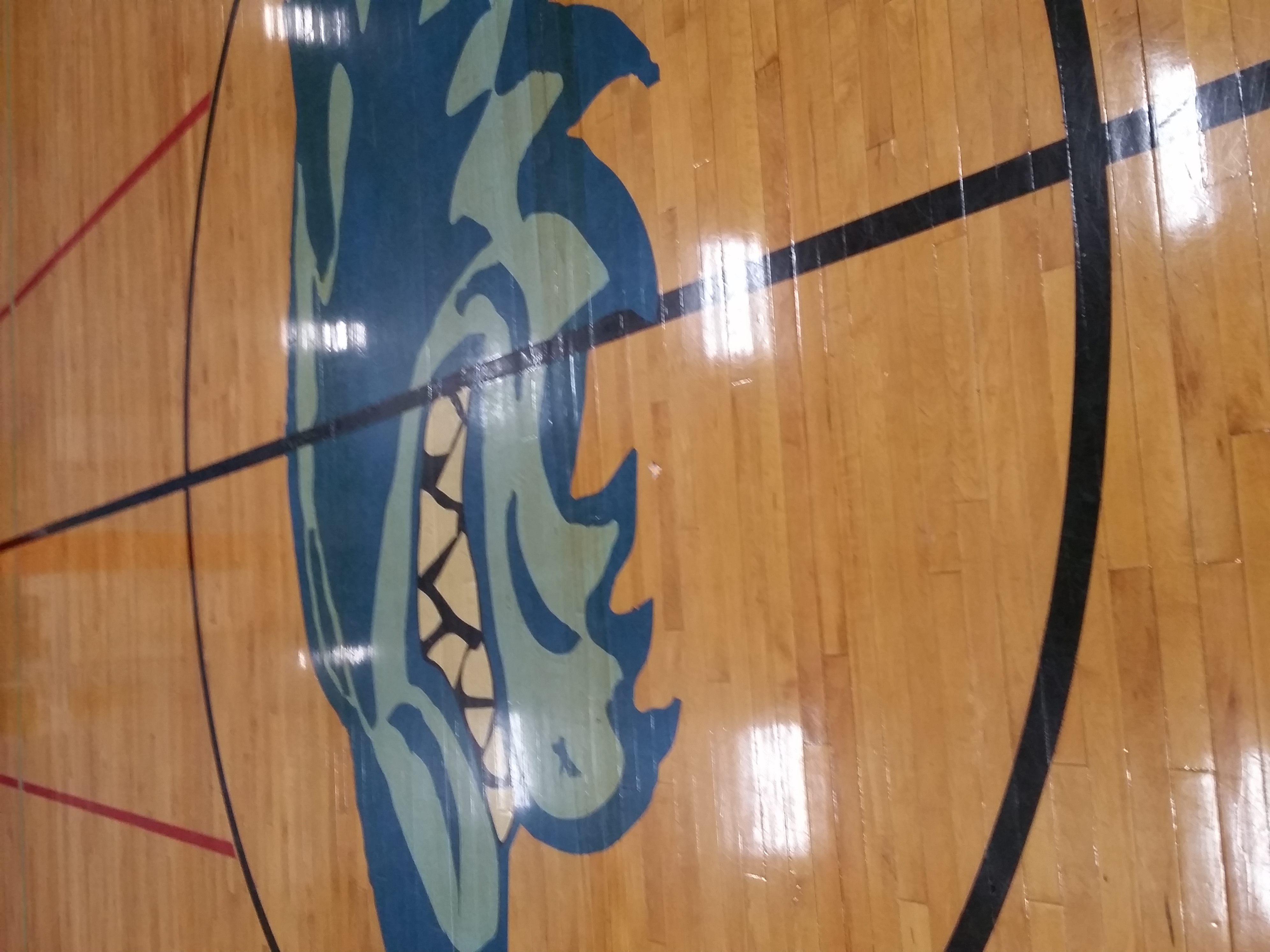Fellow Officials,
There is inconsistency in the T-O procedure. It is important that all read below until you fully understand what’s required. Discuss with partner at next match to make sure you both are on the same page.
1) R2 starts a T-O with a double-whistle, moves to side of request, displays the correct T-O signal mechanic in front of chest, and then presents to the R1 the # of T-O’s used by both teams out in front of chest.
2) R1 also displays correct T-O mechanic and acknowledges R2’s T-O’s used with a head nod. (R1 does not display T-Os used at this point.)
3) R2 verifies the 1:00 min clock has started.
4) R2 then confirms scorekeeper(s) has entered the score in the right box for the right team, and that they entered a “T” or a “Tx” in the current “square” prior to next serve.
5) R2 asks Libero Tracker if the Liberos are In/Out for each team. Pay attention when teams retake their court.
6) R2 moves to receiving side sub-zone to monitor the clock and each team bench area.
7) R2 blows a double-whistle warning at 0:15 seconds OR earlier.
8) R2 observes teams. If either team is delaying under 5 seconds, move to their side to respectfully ask coach/team to “please take their court.” If a team is late to court well after end-horn, R2 respectfully gives a verbal warning to coach that next time a delay sanction may be issued.
9) R2 from the receiving side sub-zone with teams ready on court, cues the clock operator for the End-Horn and at the same time gives back the # of T-Os used out in front of head to the R1. (No double-whistle after horn.)
10) R1 now mirrors R2 showing # of T-Os used out in front of head.
11) R2 verifies 1:00 min back on clock, scans full court, line judges ready, both team benches for any issues and then gives back the court to R1 with the appropriate hand.
Please make sure your double-whistles are 2 loud short bursts that don’t run into each other.
Please make sure both teams have 6 players on each court before you cue the End-Horn, otherwise wait and let horn go automatic when under 5 seconds.

